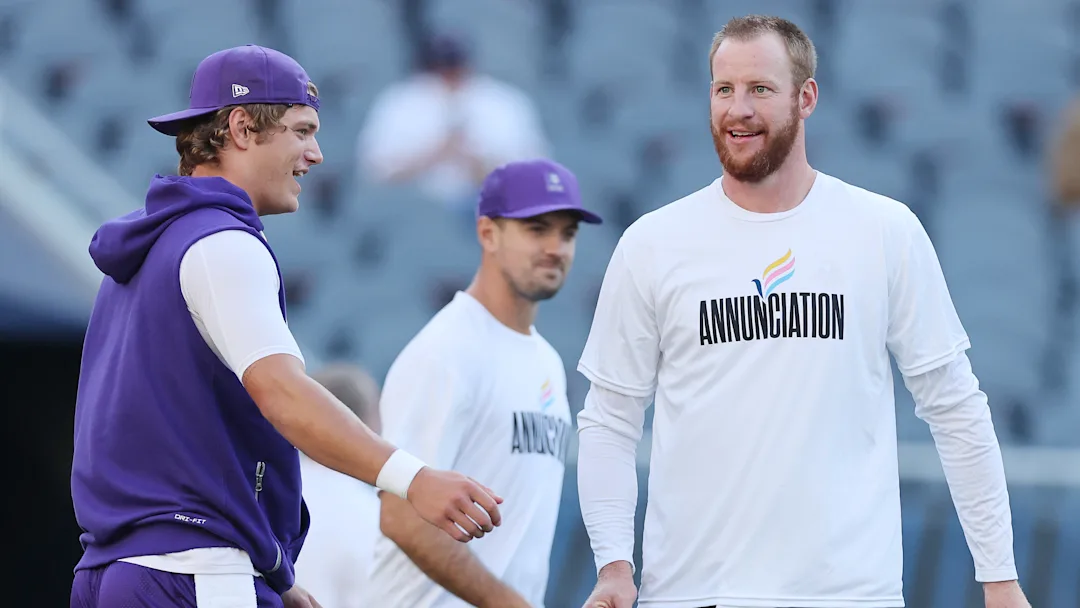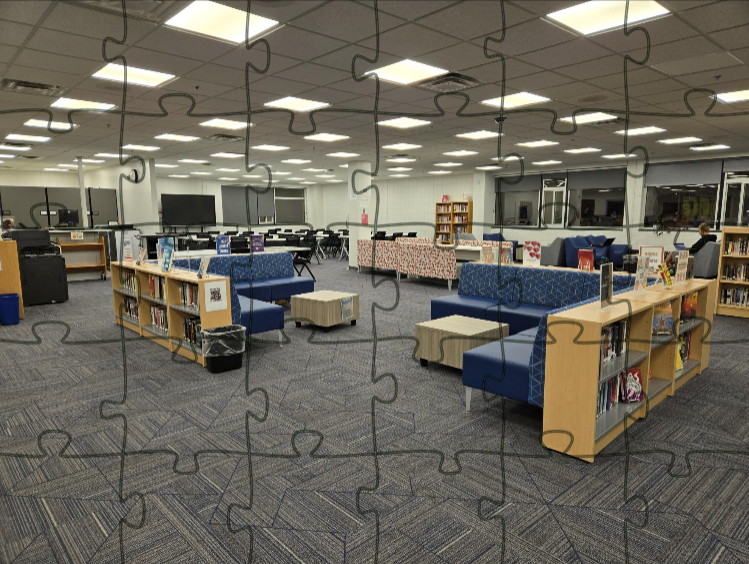Extroverts are favored by school curriculum
In a nation where education is collaborative and interactive, introverts struggle against the norm.
According to the nonfiction research book Quiet: The Power of Introverts by Susan Cain, around one-third to one-half of the human population is considered to be an introvert.
At OHS, English classes specifically, require students to engage collaboratively in socratic seminars, informal group discussions, group projects and more. “It’s the nature of English,” English teacher Sarah Cole said.
“Orono English teachers have worked hard and long on a rubric for a Socratic seminar that would be an effective way to assess students in replacements of tests,” English teacher Larry Williams said. Still, Williams said that a socratic seminar is not the ideal measure of a student’s learning.
Over the past 20 years, education has shown an upward trend in group learning. Introverts tend to work best autonomously and extroverts tend to work best vocally and interactively.
“I think group work helps a student grow the most because it doesn’t just teach material but also life skills like group interaction. It’s how you get and keep a job,” junior Jack Ellis said. “I’m seen as a student who cares way too much because I participate a lot because that’s how I learn best.”
In a globalized world, “collaboration is a 21st century skill,” Cole said.
According to the Educational Broadcasting Corporation, collaboration offers a sense of an educational community, a chance for students to receive more personal feedback and opportunities to explore different perspectives.
“Typically by myself, it’s easier to think,” senior Gabrielle McLaughlin said. “When you work by yourself, you’re kind of forced to put more effort, originality, creativity and depth into your work because you don’t have a bunch of people to rely on for the answers.”
According to Harvard Business Publishing, excessive collaboration in the workplace can actually impede creativity. “To collaborate well is to know when not to do it.”
Over decades of research suggests that working free of interruption leads to more creative thought. “When creativity is the highest priority, people should be encouraged to work alone,” author Susan Cain said.
Introverts can be perceived as lazy in classrooms. Whereas an extrovert prefers to vocalize his or her thoughts right away, an introvert spends more time processing.
However, introversion and extroversion is on a spectrum. There is no black and white; every student learns a little differently.
Already, a high school classroom appeals to the extrovert because students are in a highly-stimulated environment filled with other students. This is inevitable.
Luckily for introverts, English classrooms also rely on written essays to assess a student’s learning. In English teacher Jarrett Lundquist’s classroom, group collaboration is involved in almost all aspects of the curriculum.
However, small group discussions, essays and tests are also utilized. “It’s important to balance both and learn to do both,” Lundquist said.
While learning to think for oneself and think with others are equally important, more and more classrooms are bent toward a collaborative approach.
“I think individual work is a truer reflection of student learning 95 percent of the time, but collaborative learning has its benefits,” Williams said.
“I think, in general, teachers want students to be very vocal and interactive in the classroom, which discourages and creates a struggle for the students who aren’t naturally built to express themselves and work that way,” McLaughlin said.
In an effort to include both approaches to a classroom, “think, pair, share” is a strategy that can appeal to both the extrovert and the introvert. In a small group setting, students can bounce ideas off of each other without the hindering effect of a large audience.
Online discussions and waiting before calling on the first hand raised are also good strategies to appeal to both the introvert and the extrovert.
















































